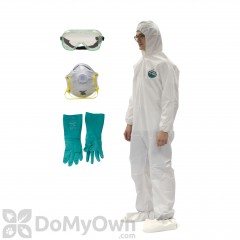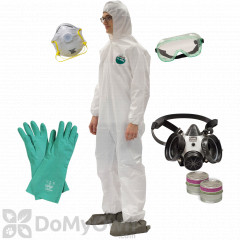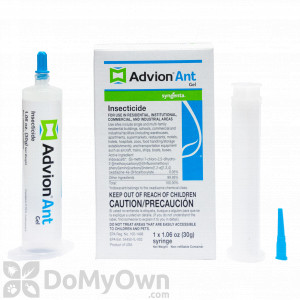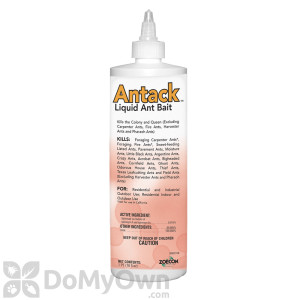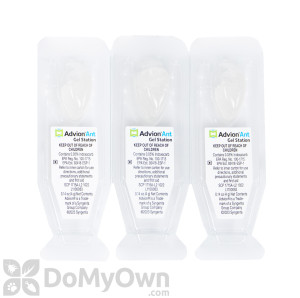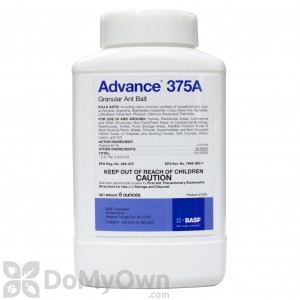Also known as: Black-headed ant
Physical Appearance
- The Ghost ant is very tiny; less than 1/16 inch.
- The Ghost ant has a grayish white thorax and a black head.
- The legs and antennae of the Ghost ant are pale and almost translucent.
- The Ghost ant has been described to appear as a tiny, white apparition that seems to appear out of nowhere, and then just as quickly disappear.
- This ant is sometimes misidentified as an odorous house ant. The two species are related; however, the odorous house ant does not have a pale abdomen and is larger than the ghost ant.
Behavior
Ghost ant colonies are moderate to large in size with multiple queens. A new colony is established when a reproductive female and several workers decide to move to a new nesting site. This process is called "Budding". Ghost ant trails are difficult to see and to trace, due to their small size and pale coloration.
Habitat
Ghost ants prefer warm climates, such as those found in Florida and California, and are also common in the tropical parts of the world. If you suspect an infestation within your home, some places you may find an established Ghost ant nest include behind baseboards, in wall voids, between cabinets, or within the soil of potted plants. Outdoors, Ghost ants typically nest in plant soil, under rocks, inside firewood logs, and inside tree cavities or crevices.
Feeding Habits
When it comes to food, Ghost ants mostly feed on sweet items, including syrup, candy, honey, and sugar. Indoor foraging activity is concentrated in the bathroom or kitchen, as Ghost ants require a large amount of water to survive. Feeding trails may be difficult to find as Ghost ants forage in a random pattern.
Basic Control Methods
- Wait, don't spray! With Ghost ants and most ant species, the use of dusts or residual sprays will only cause stress on the colony, causing it to split into a larger number of sub-colonies. This will actually worsen the infestation.
- Better to Bait- Baiting is preferred and a far mare effective method of control than spraying or dusting. Try a slow-acting bait labeled specifically for Ghost Ant control:
For more detailed information on Ghost Ant prevention and control, see How to Get Rid of Ghost Ants
Products:All Ant Control products

